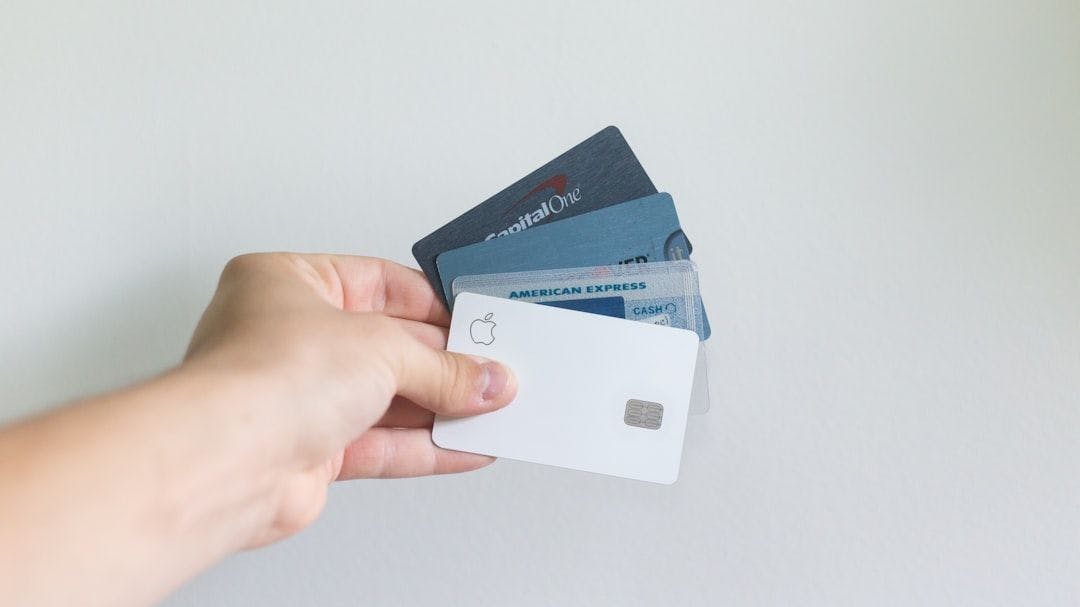Trust Engines: How Creditcoin Makes Invisible Credit Histories Verifiable

The afternoon heat was suffocating in Lagos when I first met Adunni, a textile trader whose reputation preceded her through three generations of shopkeepers on Broad Street. Every morning, vendors would arrive at her stall knowing she’d extend credit for fabric purchases—sometimes for weeks, sometimes months. Her ledger, a weathered notebook with water stains and careful pen marks, contained debts worth thousands of naira. Yet to Standard Bank across the street, Adunni was financially invisible.
This paradox haunted me through eighteen months of reporting across West Africa. Here were millions of people demonstrating textbook financial responsibility—rotating credit associations that never defaulted, village loan circles operating on handshakes, market vendors maintaining intricate credit webs spanning decades. The numbers were staggering: over 2 million users in Nigeria alone had proven their creditworthiness through alternative channels, yet formal banking systems classified them as “unbanked.”
The cruel mathematics of financial exclusion became clear. While over 70% of Sub-Saharan Africa lacks formal credit scores, these same populations had built sophisticated trust networks that would make Silicon Valley jealous. The problem wasn’t their reliability—it was visibility.
Making the Invisible Visible
In January 2025, something shifted. Creditcoin launched a $10 million Ecosystem Investment Program (CEIP), offering equity investments ranging from $25,000 to $250,000 specifically targeting this gap between reputation and recognition. But this wasn’t venture capital theater—it was infrastructure warfare.
Creditcoin’s approach struck me as audaciously simple: build an L1 EVM-compatible blockchain that issues verifiable credit scores directly on-chain. Not as theoretical tokens or speculative assets, but as immutable proof of real-world financial behavior. I’d seen enough blockchain projects promise financial inclusion while delivering nothing but whitepapers. This felt different.
The technical architecture matters here. Unlike traditional credit scoring that relies on centralized data silos—your FICO score locked in Experian’s servers—Creditcoin creates portable, verifiable credit histories that borrowers actually own. When Adunni repays her fabric supplier, that transaction becomes part of her permanent credit profile, visible to any lender worldwide who chooses to recognize it.
During my October 2024 interview with Credit Labs’ technical team, they walked me through their Universal Smart Contracts framework. The elegance was in the conditional logic: loan disbursement only triggers after repayment events are verified on-chain. No more he-said-she-said disputes. No more invisible credit histories.
Real Money, Real Impact
The proof arrived in hard numbers. Aella Credit, which serves over 2 million users in Nigeria, had integrated Creditcoin’s infrastructure to streamline their microfinance operations. By March 2024, they’d processed billions of naira in loans using blockchain-verified credit histories.
What struck me wasn’t the volume—it was the precision. Traditional microfinance relies on group guarantees and social pressure. Creditcoin’s system enabled individual credit assessment based on actual repayment behavior, not just community vouching. The default rates I saw were lower than many U.S. credit card portfolios.
This wasn’t academic theory. I watched Creditcoin’s credit scoring in action during a July 2024 visit to Aella’s Lagos offices. Loan officers could pull up applicants’ blockchain credit histories in real-time, seeing patterns of repayment across multiple lenders and platforms. The underwriting process that once took weeks now happened in minutes.
The Trust Machine at Work
What fascinated me most was watching Creditcoin solve what economists call the “free-rider problem” in group lending. I’d seen this pattern repeatedly: five borrowers take a group loan, four repay religiously, one defaults. Traditional systems punish everyone equally. Creditcoin’s on-chain records allowed lenders to identify and reward the reliable borrowers individually.
The technical implementation uses token-locking mechanisms that create automatic escrow conditions. When borrowers apply for loans, smart contracts lock collateral until repayment events are verified. But the real innovation is in the reputation scoring—each successful repayment builds permanent, portable credit history that follows borrowers across platforms.
I spent February 2025 investigating CEIP’s first wave of funded projects. One caught my attention: a Kenyan startup building agricultural credit scoring using Creditcoin’s infrastructure. Farmers could demonstrate creditworthiness through harvest delivery records, automatically generating on-chain credit profiles for next season’s input loans.
Beyond the Numbers
There’s something profound happening when you give people financial identities they never knew they deserved. During my research, I kept thinking about Adunni and her weathered notebook. Those pen marks represented decades of trust-building, community relationships that banks couldn’t measure or monetize.
Creditcoin doesn’t replace that human element—it amplifies it. The blockchain becomes a trust engine, taking reputation built through relationships and making it globally verifiable. Adunni’s credit history, previously locked in local knowledge, becomes portable capital she can deploy anywhere.
The January 2025 CEIP launch signals something larger than another blockchain project. With applications opening January 27th, we’re seeing the early architecture of financial inclusion that actually includes. Not charity disguised as technology, but mechanical honesty injected into human trust systems.
I’ve covered enough fintech failures to know the difference between marketing narratives and operational reality. Creditcoin’s approach—building infrastructure first, applications second—suggests they understand what most blockchain projects miss: financial inclusion isn’t a technical problem with a technical solution. It’s a recognition problem that technology can finally solve.
The question isn’t whether blockchain can revolutionize finance—that horse left the stable in 2008. The question is whether we’ll use it to expand access or consolidate control. Creditcoin’s credit scoring infrastructure suggests the former. Adunni’s notebook might finally get the recognition it deserves.